
AI engineering is a multidisciplinary field that encompasses the design, development, and deployment of artificial intelligence (AI) systems that can address a variety of challenges in today’s society.
It integrates principles from computer science, software engineering, machine learning, and data science, allowing for the creation of smart solutions that enhance decision-making processes and automate tasks. This combination makes AI engineering essential for industries ranging from healthcare to finance, as well as for everyday applications like personal assistants and recommendation systems.
The significance of AI engineering cannot be overstated, especially in an era where data-driven insights are crucial for successful operations. By harnessing the techniques of machine learning and data analysis, AI engineers create models that learn from vast amounts of data, enabling businesses to anticipate trends, optimize processes, and improve customer experiences. For example, in healthcare, AI engineering facilitates early diagnosis of diseases through predictive analytics, while in agriculture, it optimizes resource use to enhance crop yields.
Moreover, AI engineering plays a vital role in fostering innovation by enabling adaptive systems that can evolve alongside changing user needs and environmental conditions. This adaptability is crucial in addressing modern challenges such as climate change, cybersecurity threats, and urban planning. The integration of AI with other disciplines, including psychology and cognitive sciences, further enriches the effectiveness of these solutions, leading to a more holistic approach to problem-solving.
To summarize, understanding AI engineering necessitates an appreciation of its interdisciplinary nature and its capacity to implement intelligent solutions that significantly improve efficiency and effectiveness across various domains. As society continues to evolve, the role of AI engineering will likely expand, demonstrating its potential to tackle pressing issues in innovative ways.
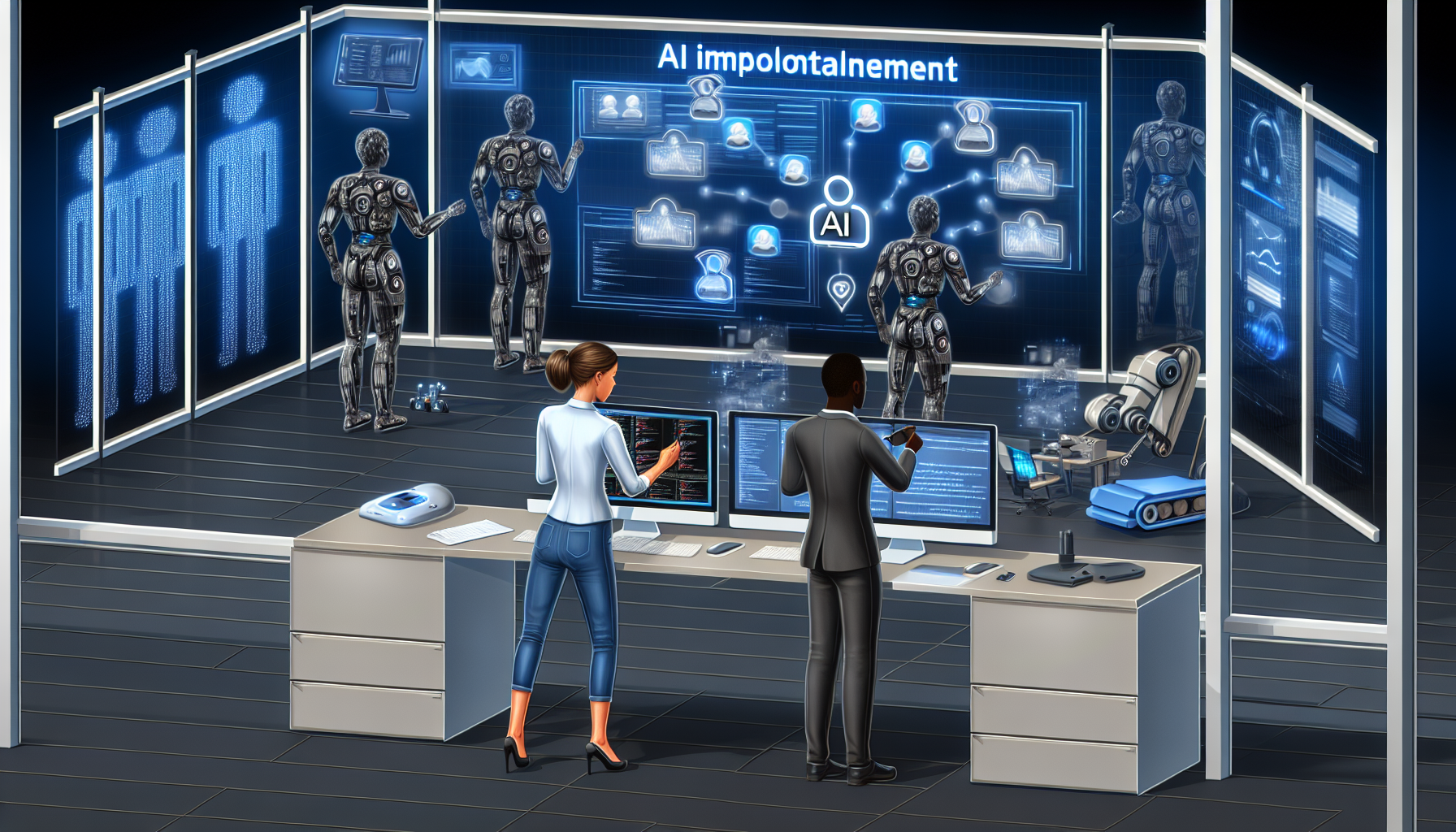
Artificial intelligence (AI) has emerged as a pivotal component of AI engineering, fundamentally reshaping how multiple sectors address contemporary challenges. From healthcare to finance, and transportation to manufacturing, AI technologies have been increasingly integrated to design smart solutions that enhance efficiency, accuracy, and decision-making processes. The remarkable capability of AI to process vast amounts of data and uncover insights has facilitated significant advancements across various industries.
In the healthcare sector, AI algorithms are being used for predictive analytics, allowing practitioners to anticipate patient outcomes and tailor treatments accordingly. For instance, machine learning models analyze patient data to identify individuals at high risk for certain diseases, enabling preemptive care. This proactive approach not only improves patient outcomes but also optimizes resource allocation within healthcare systems, thereby addressing modern challenges such as rising costs and limited access to care.
Additionally, the finance industry has benefited from AI through enhanced fraud detection and risk management. Algorithms that learn from historical transaction data can swiftly identify anomalies, providing financial institutions with tools to mitigate risks and protect assets. Automation driven by AI also streamlines processes such as loan approvals and customer service, offering clients faster and more efficient experiences.
In the realm of transportation, AI facilitates the development of autonomous vehicles, significantly altering logistics and urban mobility. Successful case studies, including those from major automotive manufacturers, illustrate how AI navigation systems contribute to improved road safety and reduced traffic congestion, effectively tackling urbanization challenges.
These examples represent just a fraction of the transformative power of AI engineering. As technology continues to evolve, the role of artificial intelligence in creating innovative solutions will undoubtedly expand, driving even greater enhancements in efficiency and effectiveness across numerous sectors.
Automation plays a pivotal role in AI engineering, seamlessly intertwining with various industrial processes to foster a more efficient operational ecosystem. By integrating sophisticated algorithms and machine learning techniques, automation minimizes the need for human intervention, thereby streamlining workflows and enhancing productivity. The emergence of process automation tools has revolutionized how tasks are performed, allowing businesses to reallocate resources and focus on more strategic initiatives.
One of the prominent advantages of automation within AI engineering is the significant reduction of human error. Traditional processes that require manual input are often prone to inconsistencies and oversight. However, through automation, data can be managed and processed with a high degree of accuracy. For instance, in the manufacturing sector, automated systems can monitor equipment performance and predict maintenance needs, leading to reduced downtime and improved operational efficacy.
Moreover, automation aids in optimizing resource management across various domains, from finance to healthcare. Automated systems can analyze vast amounts of data quickly, identifying trends and insights that human analysts may overlook. In the healthcare sector, automation is employed to manage patient records efficiently and streamline appointment scheduling, ultimately leading to enhanced patient care. Similarly, in finance, automated trading platforms enable timely decision-making based on real-time market data, ensuring that organizations remain competitive.
As businesses increasingly adopt automation technologies, the integration of AI capabilities becomes crucial. This combination not only improves efficiency but also enables scalability, allowing organizations to adapt to changing demands effortlessly. Ultimately, as industries continue to face modern challenges, automation stands out as a foundational element in AI engineering, paving the way for innovative, smart solutions that address pressing issues in today’s fast-paced environment.
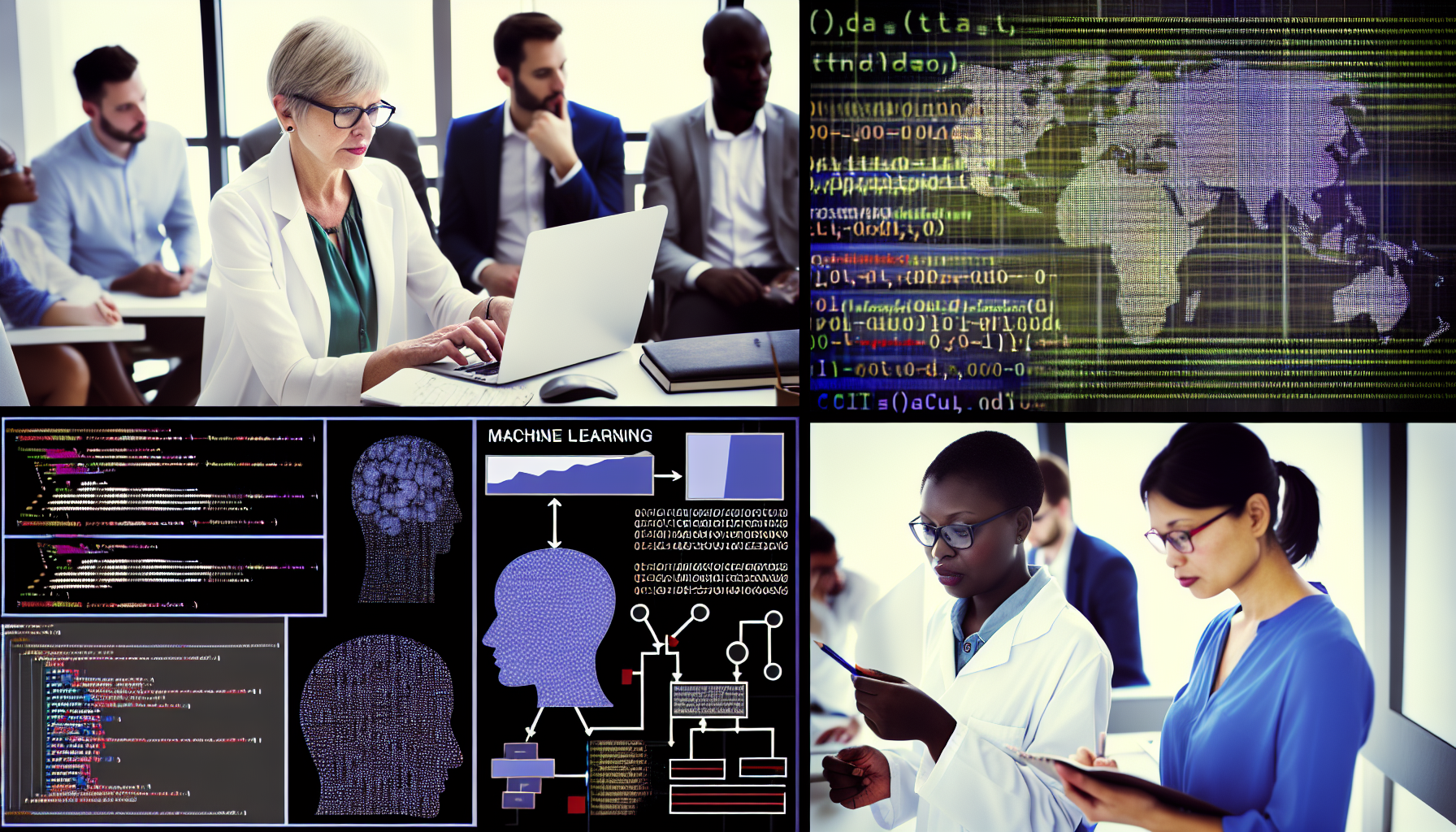
Machine learning and data science are at the forefront of AI engineering, collectively driving innovation across various sectors. These two fields work synergistically, enabling organizations to develop predictive algorithms and intelligent systems that respond proactively to emerging challenges. Machine learning focuses primarily on the development of algorithms that allow computers to learn from and make predictions based on data. Data science, on the other hand, emphasizes the extraction of insights from large datasets, often employing statistical techniques and domain knowledge to interpret and analyze the information effectively.
The integration of machine learning into data science enhances the capability to create models that can forecast trends, identify anomalies, and facilitate better decision-making processes. For instance, in healthcare, machine learning algorithms analyze patient data to predict disease outbreaks or recommend personalized treatment options. Similarly, in finance, predictive analytics derived from machine learning techniques can help detect fraudulent transactions and assess credit risks more accurately.
Moreover, the adaptability of intelligent systems powered by machine learning allows them to improve over time as they are exposed to new data. This continuous learning process leads to better-performing models and helps organizations remain competitive in rapidly evolving markets. Different industries, from retail to manufacturing, are leveraging these innovations to gain insights into consumer behavior, optimize operations, and streamline processes.
As machine learning and data science progress, their collaborative roles extend the capabilities of AI engineering beyond traditional programming approaches. They enable the development of systems that not only respond to challenges but also anticipate future needs, creating smart solutions that can transform industries. In conclusion, the evolutionary journey of machine learning and data science underscores their significance in arming organizations with the tools necessary to navigate complex modern challenges effectively.
Algorithms serve as the cornerstone of artificial intelligence (AI) engineering, playing a crucial role in developing smart solutions tailored to address modern challenges. Various algorithms offer distinct capabilities, enabling their application across a wide range of tasks. Among the most fundamental types are decision trees, which provide a graphical representation of choices and their potential outcomes. They are particularly effective for classification tasks and are valued for their interpretability and ease of use.
As AI engineering advances, more sophisticated algorithms come into play. One notable example is support vector machines (SVM), which excel in classification tasks through the use of hyperplanes to separate data points in high-dimensional spaces. Their effectiveness in various applications—from image classification to text categorization—highlights the necessity of selecting the appropriate algorithm to suit specific problem domains.
Another significant category is neural networks, which have gained popularity due to their ability to model complex relationships in large datasets. These networks, which are inspired by the human brain’s architecture, can learn and generalize from massive amounts of data, making them powerful for applications such as natural language processing and image recognition. Within this domain, deep learning techniques enhance performance by leveraging multiple layers to extract intricate features from input data.
Moreover, reinforcement learning algorithms introduce a different dimension by training agents through interaction with their environments, enabling them to learn optimal strategies over time. This approach has shown immense promise in fields as varied as robotics and gaming, where intelligent behavior is pivotal.
In conclusion, the selection of an appropriate algorithm is paramount in AI engineering. The landscape is diverse, with algorithms ranging from straightforward decision trees to intricate deep learning models, each catering to specific challenges. Understanding the strengths and weaknesses of these algorithms can ultimately lead to the development of more effective and intelligent solutions in various domains.
As the field of AI engineering continues to evolve, it faces numerous challenges that professionals must navigate to implement effective solutions. One of the foremost obstacles is the ethical considerations surrounding AI development. The potential for AI systems to perpetuate or even exacerbate existing social inequalities raises significant concerns. It is crucial for engineers to engage in ethical discussions and devise frameworks that prioritize fairness and inclusivity in AI applications.
Alongside ethical considerations, data privacy emerges as a significant challenge in AI engineering. Organizations often rely on vast amounts of data to train machine learning models, which can lead to potential breaches of privacy. It is imperative for engineers to adopt stringent data protection measures and comply with relevant regulations, such as the General Data Protection Regulation (GDPR), to mitigate risks associated with sensitive information. Ensuring that user consent is obtained and that data is anonymized can help reinforce trust in AI systems while protecting individual privacy.
Furthermore, algorithmic bias presents a formidable challenge in AI engineering. Biases in data can lead to skewed outcomes, further entrenching societal biases. Engineers must engage in rigorous analysis during the data collection and preprocessing stages to identify and eliminate potential biases. Implementing diverse datasets and employing techniques such as fairness-aware machine learning can contribute to reducing bias and enhancing the overall robustness of AI systems.
Addressing these challenges requires a commitment to responsible AI practices. By integrating ethical considerations, prioritizing data privacy, and actively combating algorithmic bias, AI engineers can ensure that their solutions are not only innovative but also just and sustainable. Fostering a collaborative environment among stakeholders—including policymakers, researchers, and the community—will further enhance efforts to overcome these challenges and promote a future where AI serves the greater good.
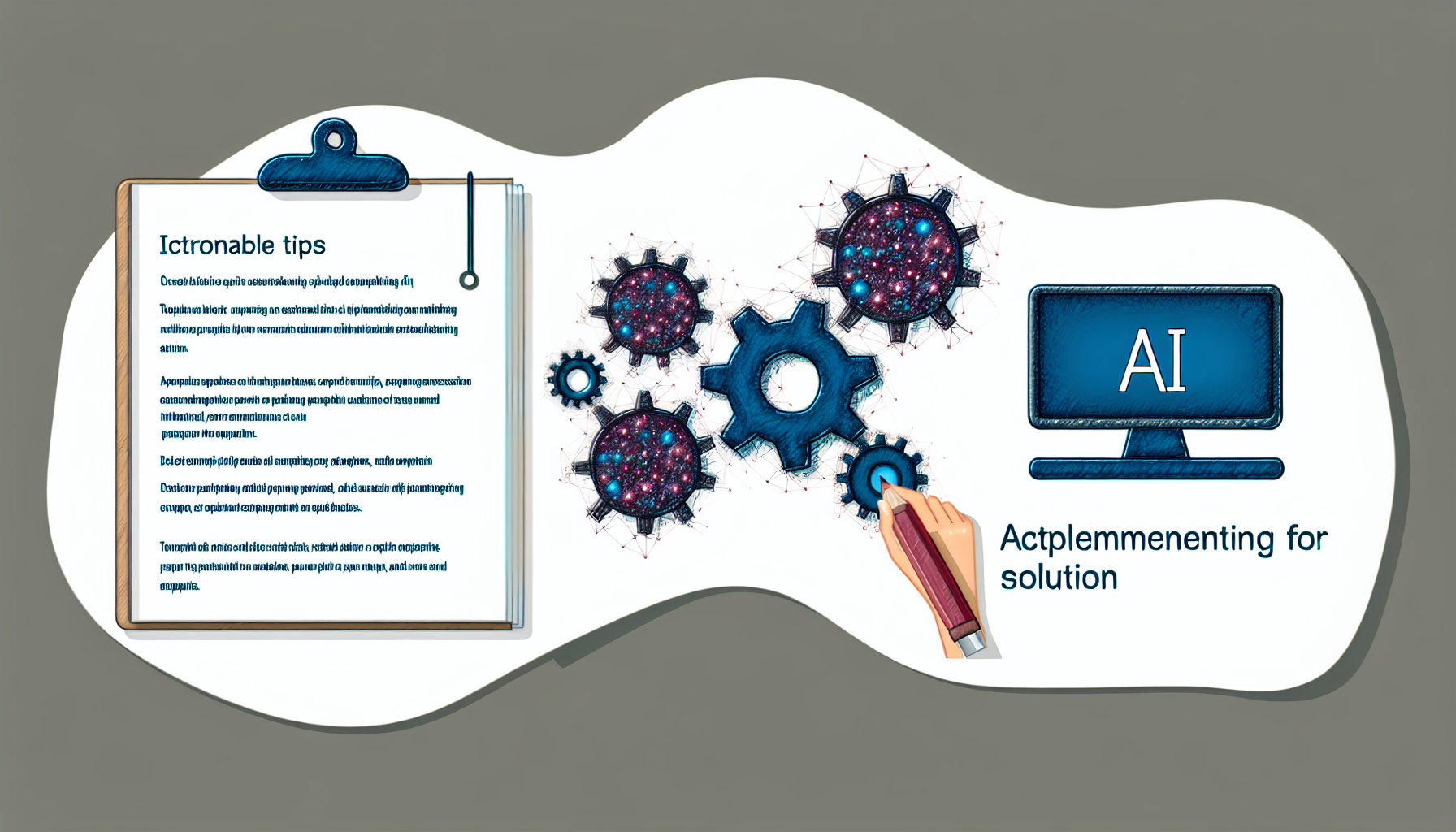
Implementing AI engineering solutions in an organization requires a strategic approach to ensure that the transition is effective and sustainable. Start by clearly defining your goals; ascertain what problems you intend to solve with AI. This alignment will help assess the potential impact of AI solutions on your business processes. Each organization needs to tailor its approach based on specific needs, industry trends, and competitive landscape.
Next, conduct thorough research and analysis before initiating the implementation process. Understanding the various AI technologies available—such as machine learning, natural language processing, and computer vision—will enable organizations to select the most suitable tools for their goals. Resources such as online courses, webinars, and industry conferences can provide valuable insights into the latest advancements in AI engineering. Additionally, investing in user-friendly tools and platforms can facilitate smoother integration into existing workflows.
Collaboration and communication are fundamental during the integration phase. Involve key stakeholders—including IT, management, and potential end-users—in discussions about AI solutions. This collaboration will foster a sense of ownership and responsibility, enhancing overall buy-in within your organization. Moreover, training and skilling your workforce is essential; develop training programs that educate employees on new technologies to ensure they are adequately equipped to utilize these AI tools effectively.
Finally, cultivate a culture that emphasizes innovation and adaptability. Encourage team members to embrace technology, support experimentation, and accept failures as part of the learning process. A supportive environment will inspire creativity and drive the continuous improvement of AI systems. In conclusion, the successful implementation of AI engineering solutions hinges on careful planning, thorough training, and fostering an innovative culture, allowing organizations to tackle modern challenges effectively.
The field of AI engineering is rapidly evolving, with numerous trends poised to reshape the landscape in the coming years. One notable development is the rise of edge computing, which refers to the processing of data closer to the source rather than relying solely on cloud-based systems. This trend enables faster processing times, reduced latency, and improved performance for applications sensitive to real-time data analysis. As AI continues to integrate with Internet of Things (IoT) devices, edge computing will play a critical role in enhancing operational efficiency and data security.
Another significant trend is the advancement of natural language processing (NLP). Recent breakthroughs in NLP technologies have facilitated more sophisticated interactions between humans and machines. This includes AI systems’ ability to understand and generate human-like text, thereby improving customer service applications, chatbots, and virtual assistants. The ongoing enhancement of language models signifies a future where AI can bridge communication gaps and cater to a diverse range of languages and dialects. As these tools become more refined, businesses can leverage NLP to facilitate better engagement and streamline their processes.
Furthermore, AI democratization is on the rise, pushing the boundaries of who can access and utilize AI technologies. This trend aims to make AI tools more user-friendly and available to those without a technical background. With platforms offering no-code or low-code solutions, a broader range of individuals, including those in non-technical roles, can harness the power of AI engineering. This shift not only empowers organizations to implement AI-driven strategies more effectively but also encourages innovation from all corners of the workforce.
As we look ahead, organizations must consider how these emerging trends in AI engineering can inform their strategies and initiatives. Embracing edge computing, NLP advancements, and the democratization of AI will undoubtedly enhance operational resiliency and drive growth in various sectors.
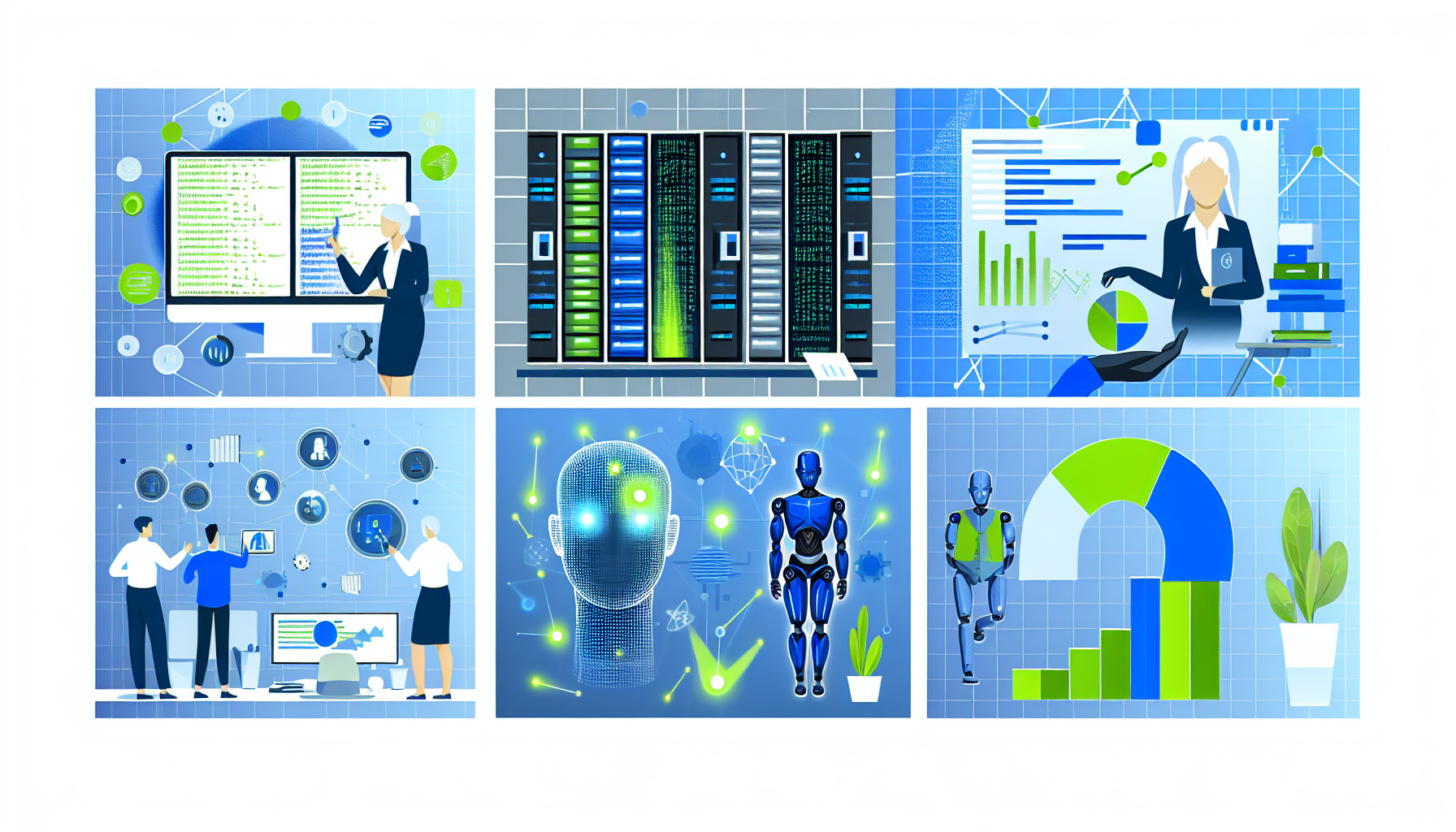
Evaluating the effectiveness of AI solutions post-implementation is crucial to ascertain their success and impact on intended challenges. A systematic approach must be adopted, focusing on key performance indicators (KPIs), user feedback, and a continuous improvement framework. These elements together create a robust foundation for assessing AI engineering initiatives.
Firstly, establishing KPIs is essential for measuring the success of AI applications. These indicators vary by context but generally include metrics such as accuracy, precision, recall, and processing speed. For example, in a customer service AI application, KPIs might include customer satisfaction scores, resolution time, and the rate of issue escalation. KPIs not only provide quantifiable data but also guide teams in understanding how well the AI solution performs against the predetermined objectives. Regularly reviewing these metrics can help identify areas needing adjustment or enhancement.
Secondly, gathering user feedback is a vital component in assessing AI effectiveness. End users, whether customers or employees interacting with the AI system, provide insights that quantitative data may not fully capture. Surveys, interviews, and usability tests can be employed to understand their experiences. This feedback can reveal how well the AI solution meets user needs and expectations, offering a qualitative narrative that complements KPIs. Factors such as trust, ease of use, and perceived value significantly influence how an AI system is received and utilized.
Finally, continuous improvement is necessary to ensure that AI solutions adapt to changing environments and user requirements.
This involves implementing iterative processes to refine algorithms and enhance performance based on KPI results and user input. Regular updates and maintenance should be scheduled as part of this strategy to respond to new challenges and ensure sustained effectiveness over time. By combining KPIs, user feedback, and continuous improvement, organizations can effectively test and ensure the success of their AI solutions in addressing modern challenges.
Looking to advertise, promote your brand, or explore partnership opportunities?
Reach out to us at
[email protected]





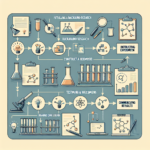

Chose where you want to study, and we will let you know with more updates.